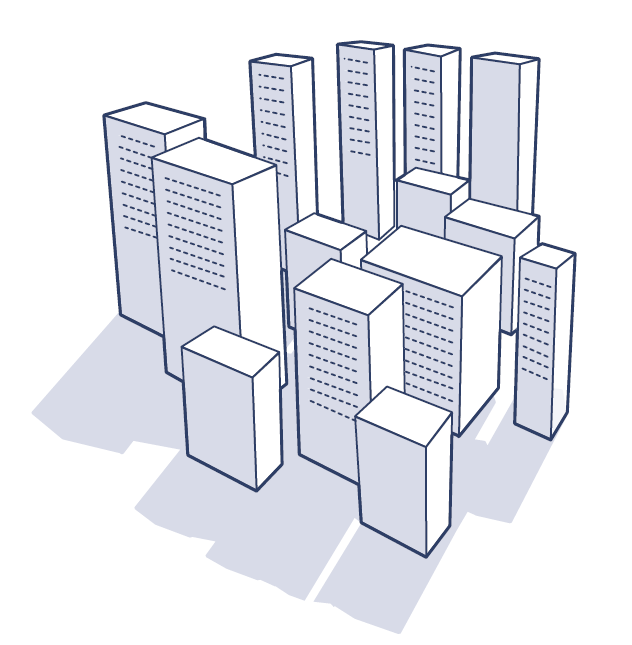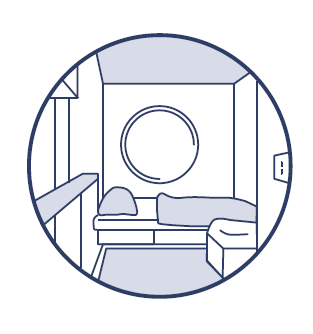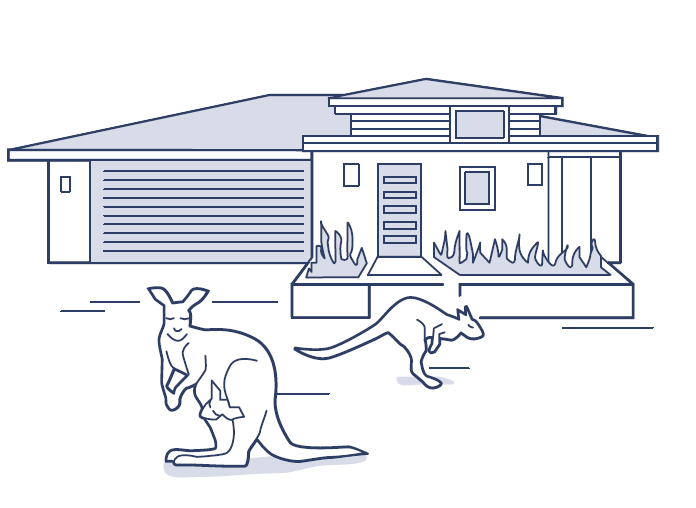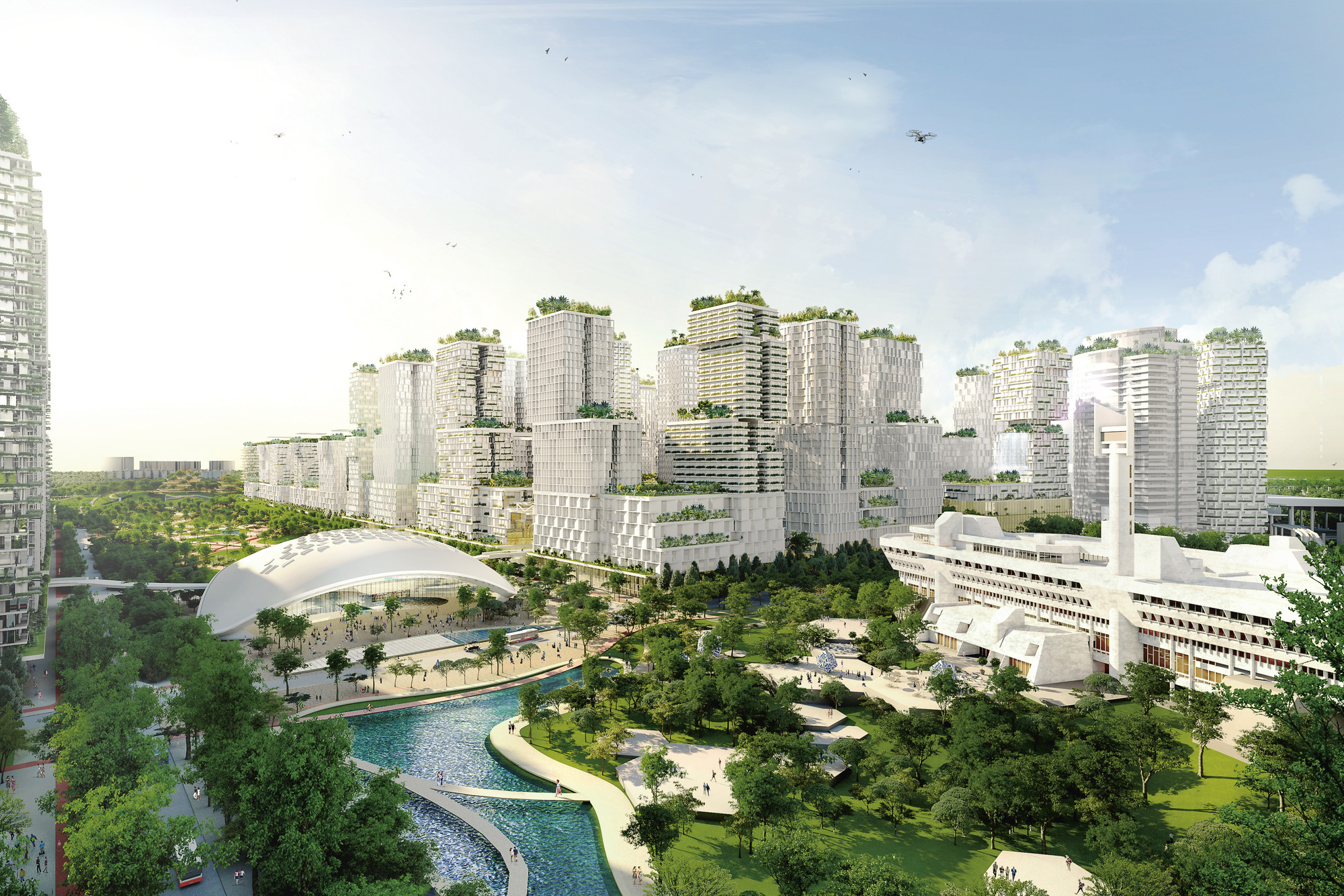Global living survey
Is our world becoming a global city? Increasing numbers of people are populating the planet and moving to the urban centers – where living space is shrinking.

Magnet megacity
In 1950, there were just two cities with more than 10 million residents: Tokyo and New York City. By 2010, there were already more than 26 megacities. Internationally, the urbanization trend continues unabated. By 2030, the world will have an estimated 43 megacities.
Just how small is "micro"
The floor area of a residential unit in the Nagakin Capsule Tower in Tokyo, built in 1972, is just 5.8 meters. Yet East Coast micro-apartments in the US range up to 46 square meters. In Switzerland, microliving is characterized by units up to 30 square meters. According to EU regulations, prison cells should be at least 6 square meters.


How much space do we need?
Average per capita living space
15 square meters: Hong Kong
20 square meters: China
22 square meters: Russia
33 square meters: United Kingdom
35 square meters: Japan and Spain
45 square meters: Switzerland
55 square meters: Germany
77 square meters: USA
89 square meters: Australia
For time and eternity
The average service life of a building in Europe is 100 years. Utility lines, windows and flat roofs last for 30 years in Europe. Japanese houses are lived in for 26 years. Cars drive for 12 years. Smartphones are used for 18 months.


Housing the world in one building
All of humanity would fit inside a building with a floor area equivalent to 1339 square kilometers, including all living areas and infrastructure for absolute necessities. This singular ark would therefore be somewhat smaller than the Faroe Islands and would likely be situated in Brazil, since it has drinking water sufficient for 7.5 billion people. That’s according to the calculations done by YouTube channel “Real Life Lore – Extreme Speculation.”
